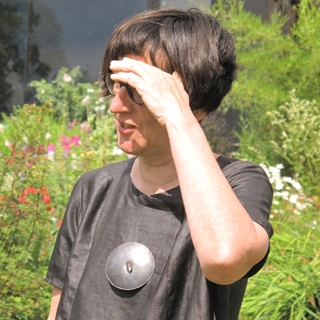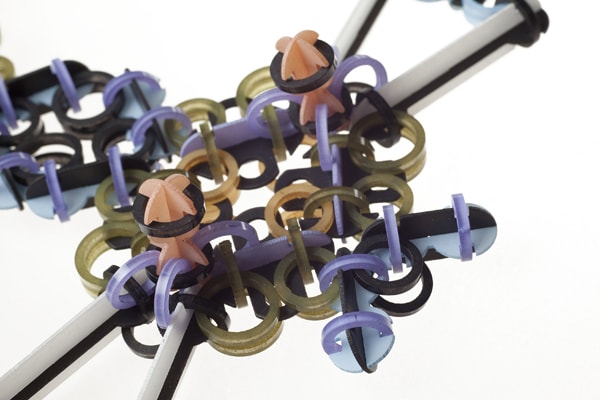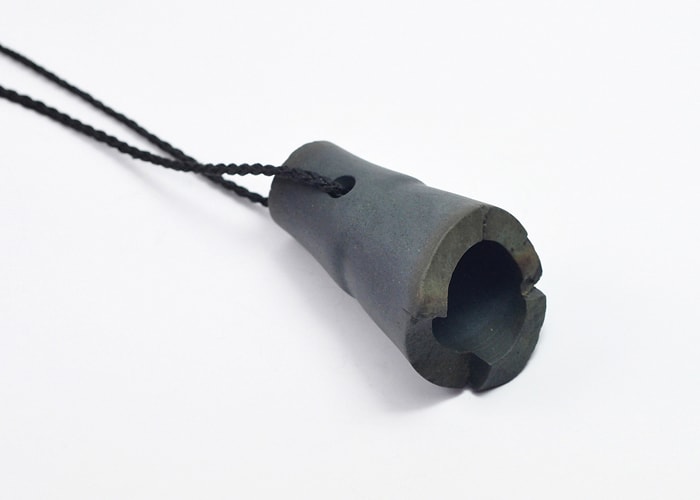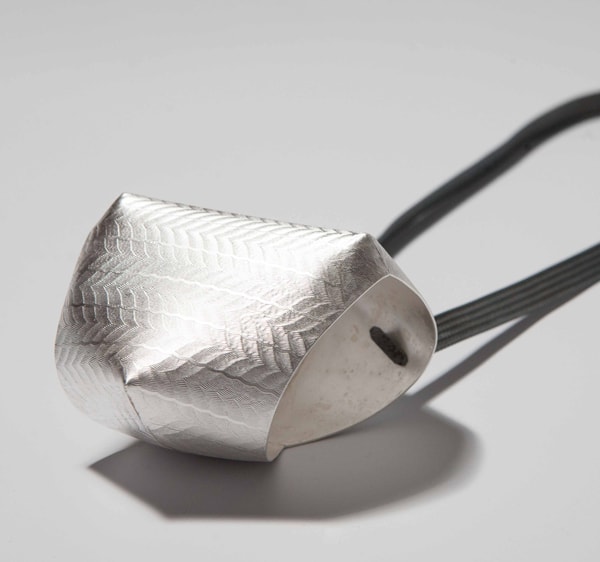 Svenja John’s exhibition Assembly is on display at Gallery Funaki this month. In this interview, Svenja provides us with insight about the complexity of her process and describes her philosophy on the use of modern technology by makers.
Svenja John’s exhibition Assembly is on display at Gallery Funaki this month. In this interview, Svenja provides us with insight about the complexity of her process and describes her philosophy on the use of modern technology by makers.
Missy Graff: How did you become a jeweler? Please tell me about your background.
Svenja John: I met a young goldsmith when I was on vacation on the Adriatic coast at the age of 14. I was fascinated by her natural glow and happiness. Her words were so passionate when she talked about her job that I decided, “This is exactly what I want to do!” It was neither a specific piece of jewelry, nor the concept of jewelry, that sparked my interest. It all started because of one person’s passion for making.
When I turned 16, I tried very hard to find an apprenticeship—against the will of my parents. At that time, it was an almost impossible desire. Without connections, none of my generation could reach this goal, simply due to the fact that there were too many people trying to enter the field.
I had to wait until 1985 to start my training as a jeweler and to become a student at the Staatliche Zeichenakademie in Hanau, Germany.
















